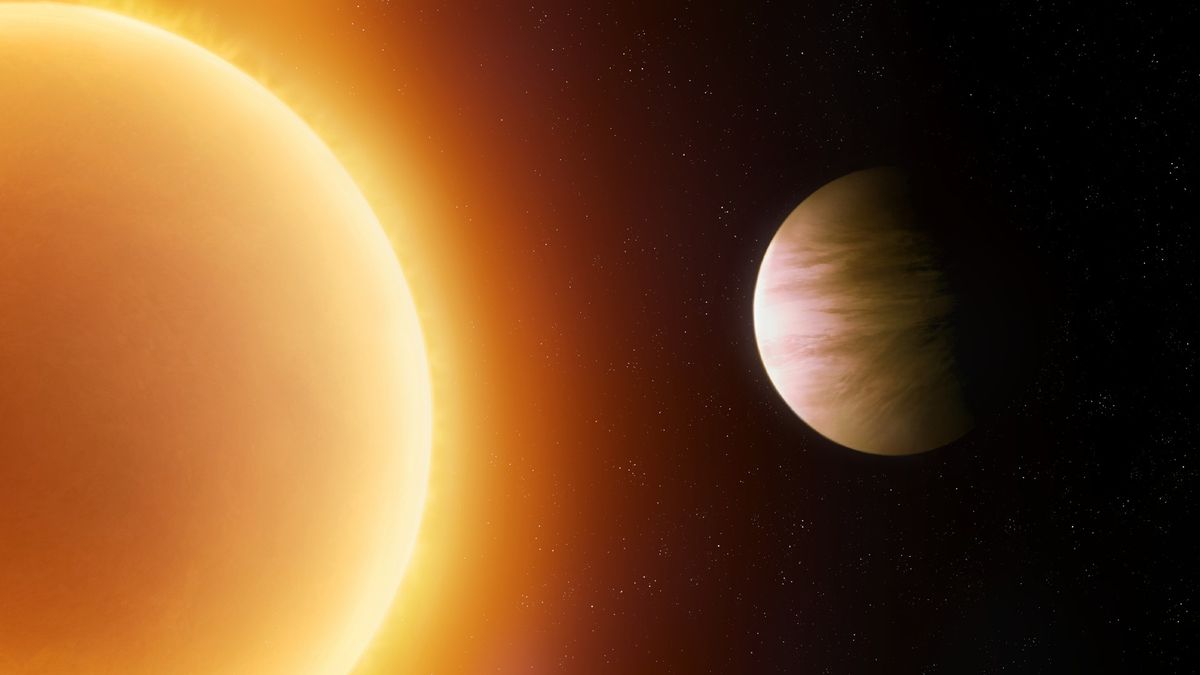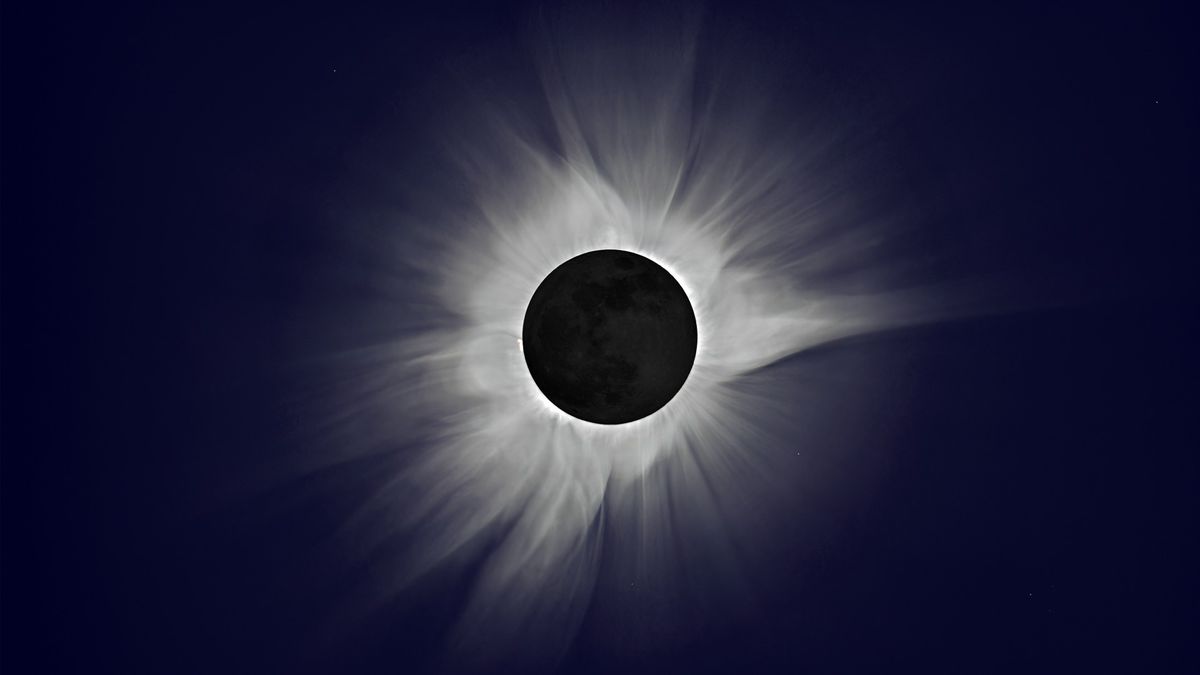The Enigmatic Ribbon Worlds
Isaac Asimov, the renowned science fiction writer, coined the term “ribbon worlds” to describe planets that are perpetually locked so that one side faces their parent star, while the other side remains in perpetual darkness. These intriguing worlds have captured the interest of astronomers due to their potential habitability and prevalence in the universe.
The Terminator Line: A Region of Twilight
Between the scorching day side and the frozen night side lies the terminator line, a region of infinite twilight. This boundary between night and day offers a unique environment that may be conducive to hosting life. The delicate balance of temperatures in this twilight zone could make it a prime location for habitable conditions.
The Physics of Tidal Locking
The phenomenon of tidal locking, which causes a planet to always show the same face to its parent star, is a result of gravitational forces. This effect is similar to the moon’s relationship with Earth and can create extreme conditions on a planet’s surface, affecting its potential habitability.
Challenges and Possibilities for Habitable Conditions
Tidally locked planets face challenges such as extreme temperatures and potential atmospheric collapse. However, research suggests that water-rich worlds could potentially transfer heat efficiently from the dayside to the nightside, creating a more hospitable environment for life to thrive.
Even water-poor planets have the potential for habitability, as life could exist within the narrow band of the terminator line. This unique environment would experience constant winds and ocean currents, maintaining a temperate climate despite the stark contrast between the blazing dayside and frozen nightside.
Promising Targets for Exploration
While much remains unknown about ribbon worlds and their long-term stability, they present intriguing opportunities for further study. With the upcoming launch of the James Webb Space Telescope, scientists hope to uncover more about these enigmatic planets and potentially discover signs of alien life in these unusual environments.
Image/Photo credit: source url





